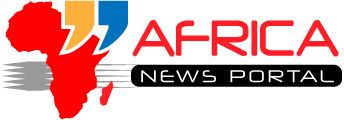 Botswana’s mining of nickel and copper, led by companies such as BCL, forms a significant part of the country’s economy
Botswana’s mining of nickel and copper, led by companies such as BCL, forms a significant part of the country’s economy
Botswana may be known for its diamonds, but it is also one of Africa’s major nickel producers: the metal features among the country’s most important exports and employing industries. Selebi-Phikwe is the current centre of Botswana’s copper, nickel and cobalt mining industry, located east in the country, close to the Zimbabwean and South African borders.
Nickel mining in Selebi-Phikwe is operated by BCL, a company owned by the Botswana government. The metal is mostly produced and exported as a copper-nickel matte from Botswana. Nickel, cobalt and copper mining are among the largest employment sectors in Botswana.
Most of BCL’s activities are concentrated around the copper-nickel mine at Selebi-Phikwe. BCL only expected to stay in operation until last year, and more recently 2013. But record nickel prices in April 2008 justified further exploration, and it is now expected that mining operations will continue to 2020, and perhaps beyond. It is not clear if new shafts will be opened, but the present shafts will be exhausted in a few years time.
The mining company is the principal employer in the region with 4,300 workers. General Manager of BCL, Daniel Mahupela, explains the hopes and aspirations of BCL going forward: “Our product contains almost 50% nickel and 50% copper. We want to export more copper than nickel in the future. Nickel is beginning to be phased out. Copper is so buoyant, and we believe that is the way to go. That is why we are looking at being able to adapt our smelter so we can accept copper-rich concentrate from the mines in the western side of the country.
“Currently 94 per cent of BCL is owned by the government and the other sic per cent is owned by Norilsk. We have had a chat with the ministry and he wants us to move aggressively into diversification. To do this we are going to need a lot of investment. We cannot rely entirely on self-funding, we are going to need to get funds. These are some of the things we are going to look at. The government has also gotten in contact with the European Union, the Japanese and the Americans as well. We have met a lot of companies directly and they know exactly what is available and what can be done. The project looks very positive.”















